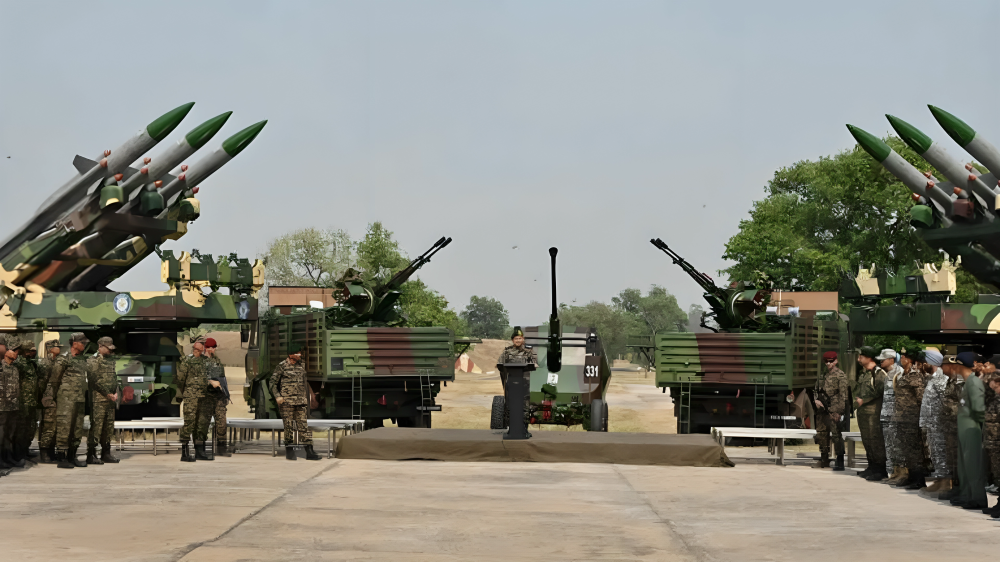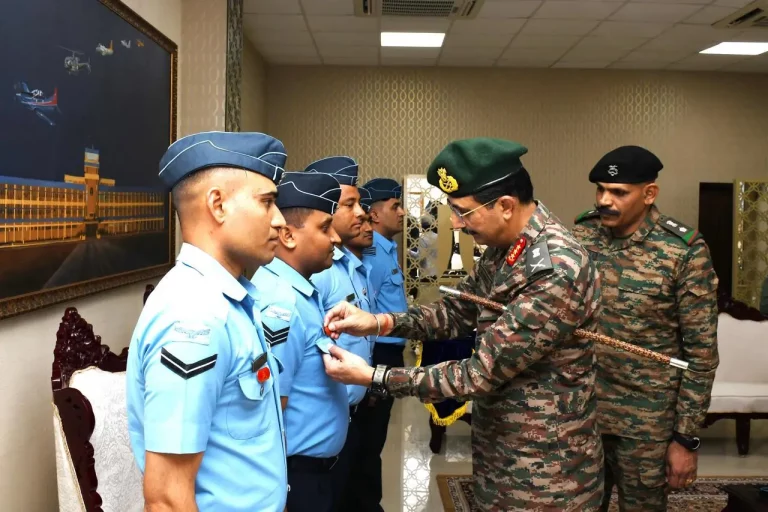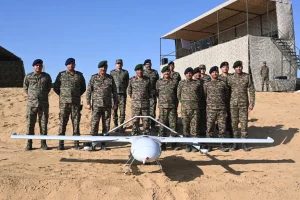In a significant move aimed at enhancing national security and bolstering domestic defense capabilities, India is poised to increase its defense budget by ₹50,000 crore, bringing the total allocation for the fiscal year 2025–26 to over ₹7 lakh crore. This decision, which is set to be presented in Parliament during the upcoming Winter Session, underscores the country’s growing security concerns and the need for a robust defense infrastructure.
This budgetary enhancement follows India’s decisive military response to the tragic terror attack in Pahalgam, Jammu and Kashmir, on April 22, which resulted in the deaths of 26 civilians. The attack was perpetrated by the Pakistan-based terrorist organization Lashkar-e-Taiba. In retaliation, India initiated Operation Sindoor, executing a series of precision airstrikes targeting nine terror camps situated in Pakistan and Pakistan-occupied Kashmir.
The success of the Indian military’s operations during the 100-hour mission has garnered widespread praise for its tactical execution and technological prowess. A key highlight has been the effectiveness of India’s advanced air defense systems, particularly the indigenous Akash missile system and the Russian S-400. These systems played a crucial role in neutralizing a barrage of drone and missile threats originating from across the border, drawing comparisons to Israel’s renowned Iron Dome defense system.
In a further enhancement of military capabilities, India successfully tested ‘Bhargavastra’ — a new low-cost, hard-kill counter-drone system utilizing micro-rockets. This trial, conducted at the Seaward Firing Range in Gopalpur, Odisha, achieved all its objectives, setting the stage for future deployments that could dramatically elevate India’s defensive capabilities against aerial threats.
Dr. Prahlada Ramarao, a prominent former DRDO scientist instrumental in developing the Akash system, remarked on the missile’s capabilities, stating it can effectively intercept highly maneuverable aircraft, including Pakistan’s F-16s. “My tagline for Akash is ‘sara akash hamara’ — the whole sky is ours,” he asserted, highlighting the growing confidence in domestic defense technologies.
Operation Sindoor has not only reaffirmed India’s commitment to its national security but has also reinforced the government’s determination to reduce reliance on foreign defense suppliers. Defence Minister Rajnath Singh has emphasized that maintaining long-term national security must not be outsourced, advocating for accelerated production of weapons and technology within India. He voiced a clear message: “The more we rely on other countries for defense equipment, the more we risk our own sovereignty. We must build and buy in India.”
Prime Minister Narendra Modi, in a resolute post-operation statement, articulated a fundamental change in India’s doctrine regarding terrorism. He prominently issued a warning to Pakistan and its affiliates, asserting that India would not hesitate to conduct further strikes if provoked. Modi also reaffirmed the nation’s unwavering demand for the return of Pakistan-occupied Kashmir, stating, “Our demand for the return of illegally occupied Kashmir will never change.”
As India navigates an increasingly complex regional security landscape, this additional ₹50,000 crore allocation is expected to support critical research and development initiatives as well as significant weapon procurements. This investment aims to ensure that the armed forces are not only agile but also equipped to face emerging threats effectively.


















